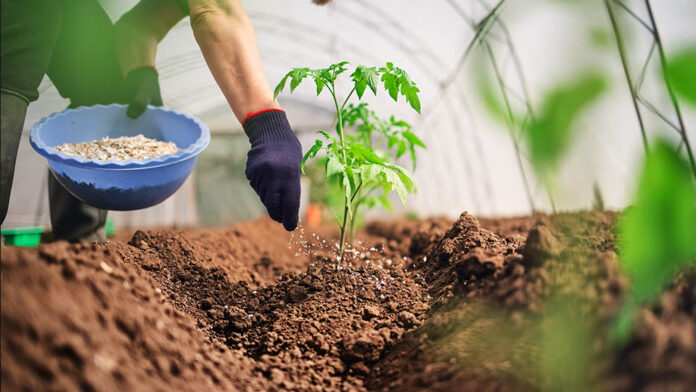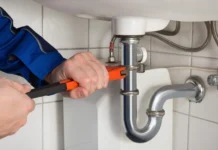A lush, green lawn is a coveted asset for any homeowner. It adds beauty to your outdoor space, increases your property’s curb appeal, and boosts your home’s overall value. However, achieving this vibrant, healthy lawn involves more than just regular watering and mowing. One key to cultivating such a stunning outdoor spectacle is proper fertilization, specifically using liquid fertilizers. These fertilizers offer several advantages, including quick absorption and evenly distributed nutrients, leading to faster, more noticeable results than other types.
But the question that often arises is, how do you properly apply lawn fertilizer? How do you ensure that your grass gets the right amount of nutrients without the risk of over-fertilization? The process can seem daunting, especially for beginners. But don’t worry; we’ve got you covered. This guide will delve into the process and provide a step-by-step guide to ensure your lawn receives the best possible care. We’ll explore everything from understanding your lawn’s nutrient needs to the proper methods of applying lawn fertilizer. By the end, you’ll be equipped with the knowledge you need to keep your lawn lush, healthy, and green all year round.
Step 1: Understand Your Lawn’s Nutrient Needs
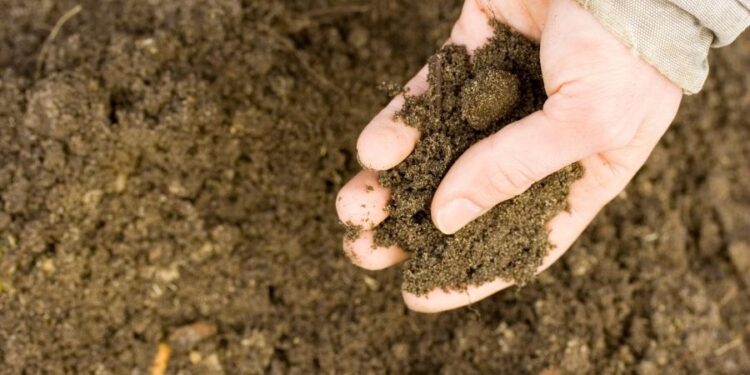
Every lawn is unique and might require different nutrients based on its type, condition, and local soil composition. A soil test is the best way to determine this. It will reveal any nutrient deficiencies in your lawn, allowing you to select the best liquid fertilizer to address those needs. Soil testing kits are readily available and can provide a wealth of information about your lawn’s current status and future needs.
Step 2: Selecting the Right Liquid Fertilizer
Once you understand your lawn’s nutrient needs, you can choose the appropriate liquid fertilizer. Liquid fertilizers come in many formulations, each designed to deliver a specific combination of nutrients. Some may be high in nitrogen, promoting lush, green growth, while others might have a balance of nitrogen, phosphorus, and potassium for overall lawn health. Depending on your soil test results, you might need a specialized fertilizer to address certain deficiencies.
Step 3: Dilution and Preparation
Liquid fertilizer is typically concentrated and needs to be diluted before application. Follow the manufacturer’s instructions carefully to ensure the correct dilution ratio. Too much concentration can harm your lawn, while too little might not provide the nutrients your grass needs. Usually, you’ll mix the liquid fertilizer with water in a garden sprayer or watering can. During this process, ensure you have adequate protective gear, such as gloves and goggles, to avoid any potential skin or eye irritation.
Step 4: Applying the Fertilizer
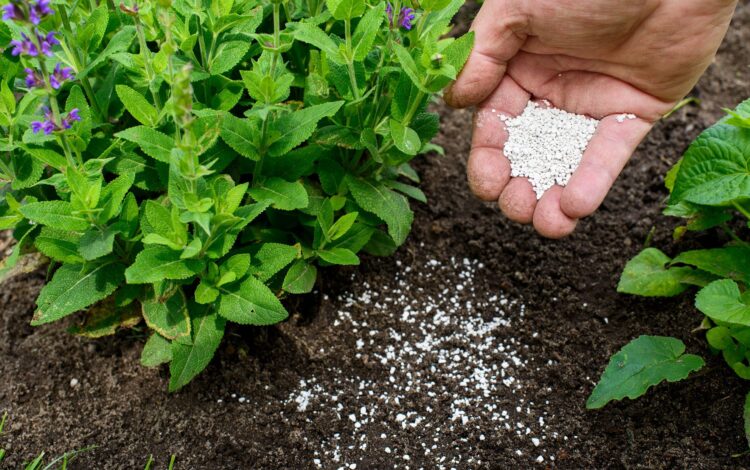
Liquid fertilizers can be applied in two primary ways: to the soil or directly to the plant leaves (foliar application).
For soil application, wet the soil around your plants or grass with the fertilizer solution. This method ensures the nutrients penetrate the soil, reaching the roots where plants absorb and utilize them. It’s crucial to ensure the soil is moist before application to aid absorption and prevent the fertilizer from burning the grassroots.
For foliar application, use a garden sprayer to mist the fertilizer solution directly onto the leaves of your grass. This method provides a quick nutrient boost as plants can absorb some nutrients through their leaves. However, remember to use this method sparingly, as the roots are still the primary nutrient absorption site.
Applying the fertilizer evenly across your lawn is essential to prevent nutrient hot spots and potential grass burning. Most homeowners find it helpful to use a systematic approach, working in sections to ensure complete coverage.
Step 5: Timing and Frequency
Timing is also an important factor when applying liquid fertilizer. Early morning or late evening is often the best time because the cooler temperatures reduce evaporation, allowing the fertilizer to be absorbed more effectively. To minimize nutrient loss, avoid fertilizing during the hottest part of the day or windy conditions.
As for frequency, it depends on the specific needs of your lawn and the type of fertilizer you’re using. Generally, liquid fertilizers need to be applied more frequently than granular ones due to their quick absorption rate. However, always refer to the product instructions for the recommended application frequency.
How Often Do You Apply Liquid Fertilizer?
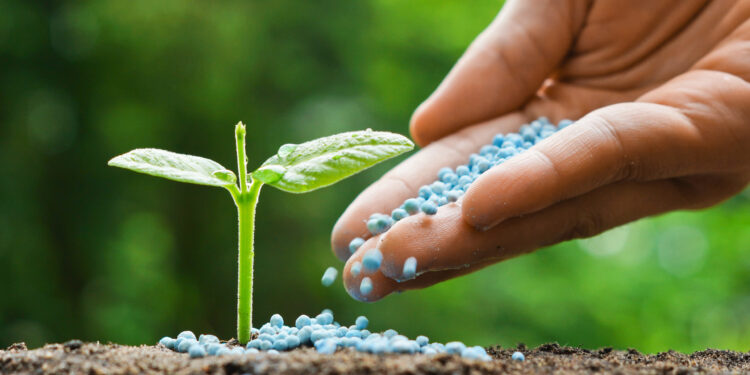
The frequency of liquid fertilizer application depends on various factors, including the type of grass, your soil’s nutrient content, and the specific fertilizer you’re using.
Generally, it’s recommended to apply liquid fertilizer every 2-4 weeks during the growing season. This frequency is due to the fast-acting nature of liquid fertilizers – they are quickly absorbed by the grass and used up rapidly. Remember, it’s always better to fertilize little and often rather than applying a large amount infrequently.
However, remember that this is a general guideline and might not suit all lawns or all fertilizers. Always refer to the manufacturer’s instructions for the best results. Some liquid fertilizers might be more concentrated or designed for slow release, requiring less frequent application.
Conclusion
Applying liquid fertilizer to your lawn is more than just a maintenance task; it’s a step towards creating a thriving, vibrant outdoor space. By understanding your lawn’s nutrient needs, choosing the right fertilizer, and applying it correctly and at the right time, you can significantly enhance the health and appearance of your lawn. Consistent and proper care is the key to a lush, green lawn.
Moreover, it’s important to remember that while fertilization is essential, it’s just one part of a holistic lawn care regimen. Regular mowing, watering, and occasional aeration all ensure your lawn stays robust and visually appealing. And, of course, monitoring your lawn for pests or diseases is crucial so that you can address any issues promptly before they escalate.
With the right tools, knowledge, and patience, you’ll be on your way to a lawn that’s the envy of the neighborhood. After all, a well-nourished and cared-for lawn enhances your property’s aesthetic appeal and provides a welcoming space for relaxation, play, and outdoor gatherings. It’s your personal slice of nature, and with proper fertilization, it can flourish and thrive.

